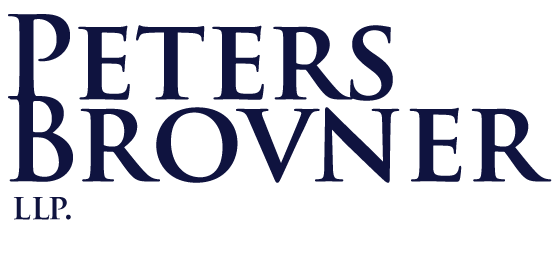Employee Handbook – need to know
Lesley Brovner & Mark Peters
May 12, 2022
As the workplace becomes more complicated and there is an increase in workplace related litigation, having an up to date and thorough employee handbook becomes increasingly important. A well drafted employee handbook can introduce employees to the corporate culture, mission and values; set expectations; increase compliance with federal and state laws; and help defend against employee claims.
Top policies to include in an Employee Handbook
Below is a list of topics that should be considered in drafting an employee handbook
-
-
- Company Overview
a. Company Mission Statement
b. Equal Opportunity Statement
c. Contractual Disclaimer and At-Will Statement - Policies and Procedures
a. All policies required to maintain compliance with laws regulating your industry
b. Attendance
c. Hours of Work
d. Overtime
e. Training
f. Personnel Records
g. Paydays
h. Payroll Deductions
i. Garnishments
j. Performance Reviews
k. Promotions
l. Discipline
m. Termination: Reduction in Force, Layoff/Recall
n. Telephone/E-mail/Internet Use
o. Exit Process - Benefits
a. Holidays
b. Vacation
c. Sick Leave
d. Disability Leave
e. Personal Leave
f. Bereavement Leave
g. Family and Medical Leave
h. Jury Duty
i. Military Leave
j. Paid Time Off
k. Health Insurance
l. Retirement and Pension Plans - Safety Procedures
a. Emergency Procedures
b. Medical Services
c. Personal Protective Equipment
d. Preventing violence in the workplace
e. OSHA Requirements: Safety Rules, reporting Accident - Code of Conduct
1. Anti- discrimination policy
2. Anti-harassment policy
3. Substance-free workplace policy
4. Workplace Safety
5. Financial Integrity and compliance (reporting, payroll, business travel, purchasing)
6. Data privacy
7. Communications (conduct on social media and emails; confidentiality)
8. Conflicts of interest
9. Romantic Relationships in the office
10. Gift and entertainment policy
11. Use of organization property and resources
12. Outside employment
13. Reporting violations of the code of conduct & anti -retaliation policy
14. Laws, Regulations and policies that are relevant to the code of conduct
15. Compliance program - Summary and Acknowledgment
1. The importance of the policies and procedures
2. Acknowledgement and receipt
- Company Overview
-
Training on the Employee Handbook
It is important to conduct training on your company policies. This training should be part of the onboarding process for every employee and should include a thorough explanation of the key policies in the employee handbook. An outline of the topics included in the training should be maintained and/or a video of the training itself. Employees, in addition to acknowledging receipt of the handbook should also acknowledge attending the training sessions
Distribution of Employee Handbook
Every employee should sign an acknowledgment that they’ve received the employee handbook and will abide by its policies.
The acknowledgement should be saved in the employee’s employee file so that the company will have a record of the employee being made aware of and agreeing to the policies.
Reviewing and Revising the Handbook
It is important to regularly update the employee handbook and modify for changes in the law as well as changes in your company’s own internal policies. Furthermore, a yearly review is important to make sure that no laws/policy changes have been overlooked and that all policies remain relevant and have been upheld consistently within the organization. (If policies have not been upheld, you must make a decision as to whether the policy should change, or the enforcement of the policy needs to be bolstered.) All changes should be run by legal counsel and then distributed to HR for further distribution and training.
If you or someone you know is seeking legal advice concerning this topic, please reach out to the lawyers at Peters Brovner LLP for a consultation.
